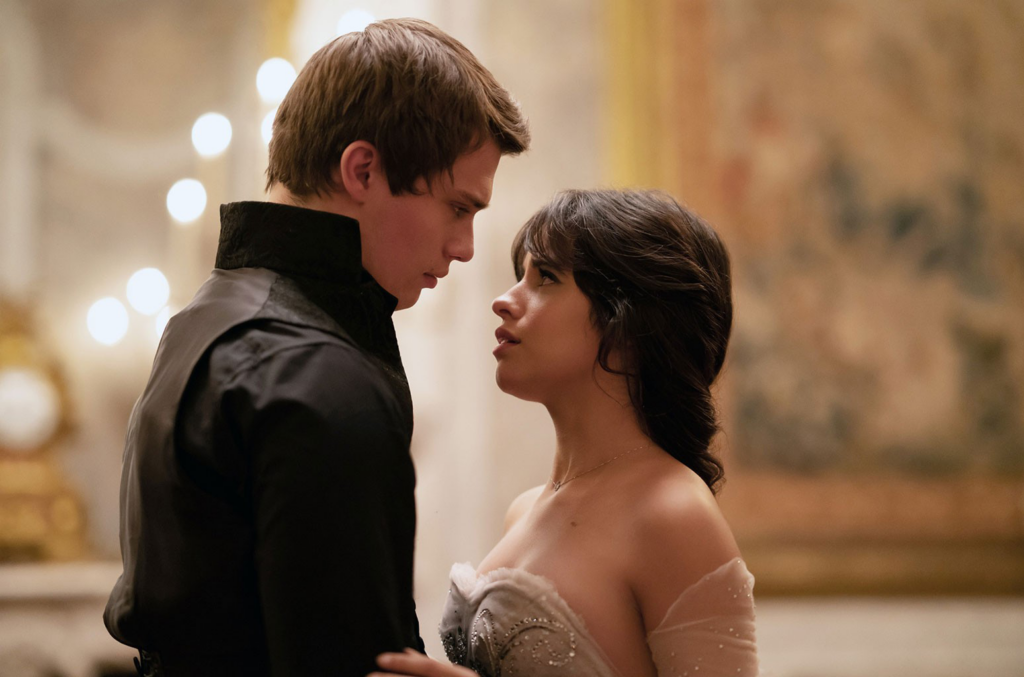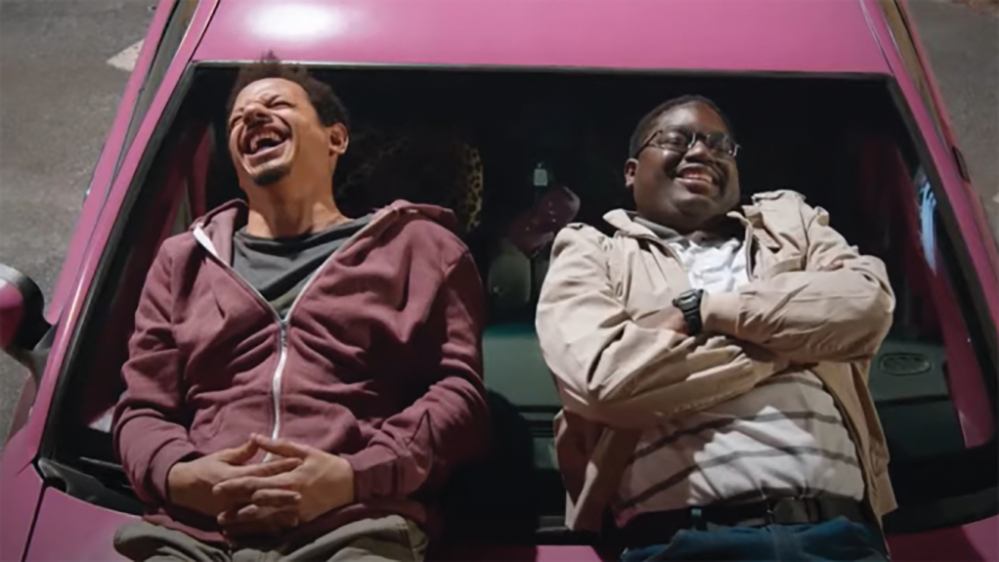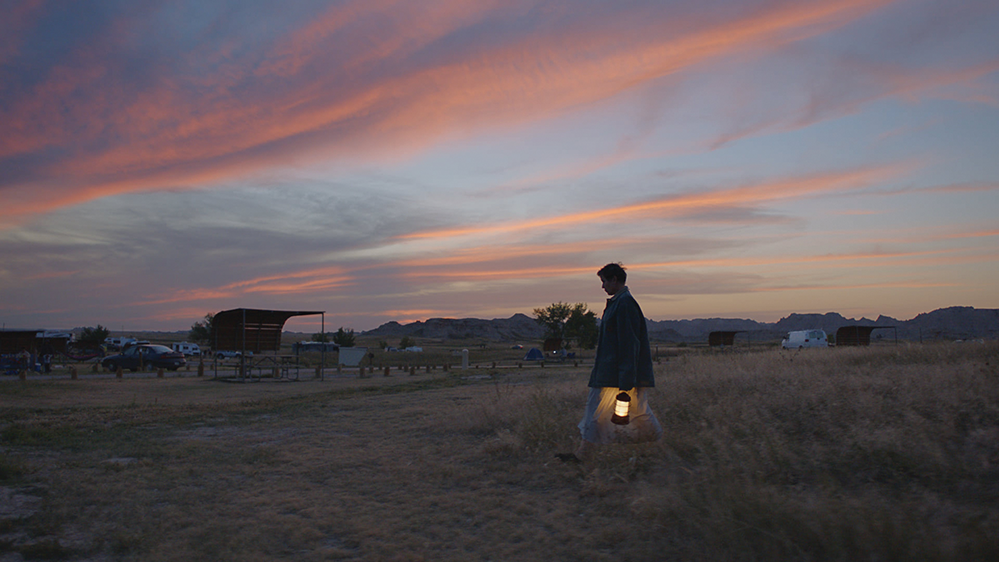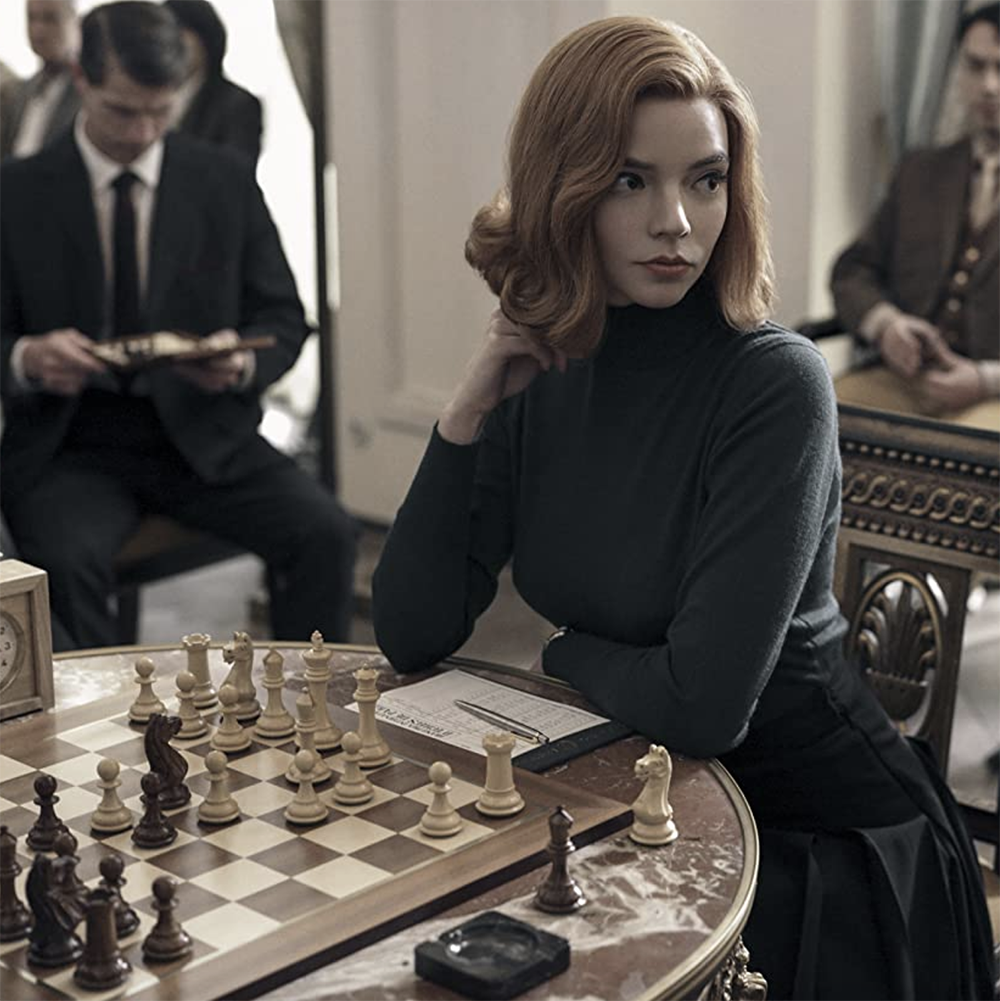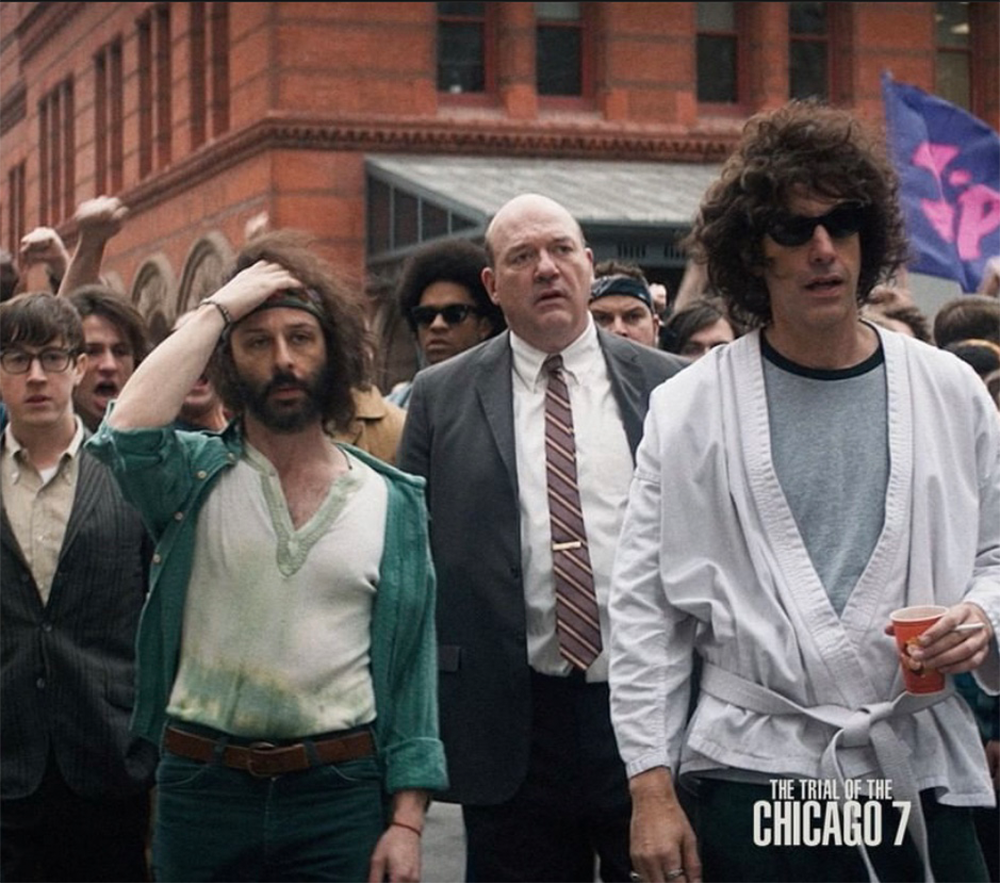★★☆☆☆
Amazon Studios’ “Cinderella,” starring pop star Camila Cabello, attempts to provide a 21st-century take on the 1950s Disney classic. However, “Cinderella” fails to modernize the source material, making the film feel like a lackluster remake instead of the nuanced feminist film its directors were aiming to create.
The first act of the film remains somewhat true to the 1950 original, where Cinderella abruptly loses her father and Cinderella’s stepmother Vivian (Idina Menzel) delegates her to the basement of their home. However, unlike in the original 1950 film, Cabello’s Cinderella aspires to become a business owner and dress designer. Although the career change is creative, it ultimately adds little to the original plot of the story.
On the night of the ball, Cinderella’s stepmother ruins her newly designed dress by splattering it with dark ink. Cinderella’s genderless fairy godperson, Fab G (Billy Porter), steps in and transforms mice into footmen, pumpkins into carriages and flowers into a pink ball gown for Cinderella.
At the ball, Cinderella receives an offer to become a designer for a noblewoman. Eager to start her business, Cinderella tries to make a hasty exit from the ball until the prince stops her. The two dance and take a stroll together, falling in love almost immediately.
Deviating once more from the original, Cinderella’s stepmother finds the remaining glass slipper the following morning and encourages Cinderella to marry the prince as a means to provide for their family. Rather than being motivated by pure “feminine” jealousy, the stepmother’s motives are slightly more nuanced, emphasizing the film’s attempts to modernize its characters.
Cinderella later reunites with the prince and the pair strike a compromise: the prince steps down from his role, offering the throne to his sister, Princess Gwen (Tallulah Greive); meanwhile, Cinderella partners with the noblewoman from the ball to start her design business.
“Cinderella” also attempts to put a musical spin on the classic fairytale. The film does have some memorable numbers, including the songs “Somebody to Love” by Queen and “Material Girl” by Madonna. Nicholas Galitzine as Prince Charming adds additional fervor and passionate vocals to his performance. Further, in “Material Girl,” Idina Menzel stuns with her powerful vocals.
However, “Cinderella” generally fails to create engaging musical numbers. The modern film’s theme song “Million to One” does not match up to “A Dream Is a Wish Your Heart Makes” from the original. Throughout her performance of “Million to One,” Cabello’s voice sounds stifled; her melodies remain in her chest, never fully breaking free into dramatic belts. Compared to Ilene Wood’s whimsical performance of “A Dream Is a Wish Your Heart Makes” in the original rendition, Cabello’s performance lacks emotion.
Further, songs like “Perfect” by Ed Shereen, used in the romantic ballroom scene, or “Let’s Get Loud,” made famous by Jennifer Lopez, feel out of place within their scenes. “Perfect” lacks the romantic memorialization of “So This is Love” from the original. “Let’s Get Loud” adds nothing contextually to the end of the film. These musical flops are especially surprising considering Cabello’s extensive experience with singing and dancing.
Similar to the hit-or-miss musical score, the modern film’s costuming has some standout moments, but remains relatively unmemorable throughout. Incorporating both Victorian dress bustles and 1960s florals, “Cinderella” cannot be pinned down to one era of fashion. Thanks to its ambiguous time period, the film plays with the costuming of Cinderella’s stepfamily by spotlighting vivid colors and floral prints, effectively communicating the trio’s characteristic gaudiness.
As a whole, the costuming of the modern “Cinderella” remains similar to that of the original. During the majority of the movie, Cinderella wears her classic blue-and-white peasant dress. In contrast to the silver from the 1950 film, however, Cinderella’s ball gown is pink with a sleeveless sweetheart neckline. The film’s experimentation with Cinderella’s famous ball gown ultimately does not pay off, as the redesigned dress lacks the splendor and grandiosity of the original.
The directors of “Cinderella” may have had the intention of being progressive by attempting to turn Cinderella into a “girlboss,” but ultimately upheld the misogynistic storyline they were attempting to avoid. While Cinderella passionately chases her dream of becoming a fashion designer, she still falls into the trope of “falling in love at first sight” with an uninteresting prince she barely knows.
The remake attempts to give the original a feminist twist, but it constantly falls into avoidable tropes, and thus fails to fully commit to modernization. Although Cabello’s musical background could have spelled a successful reboot, the film’s lackluster musical numbers and disappointing plot meant that “Cinderella” failed to live up to its previous iteration.


